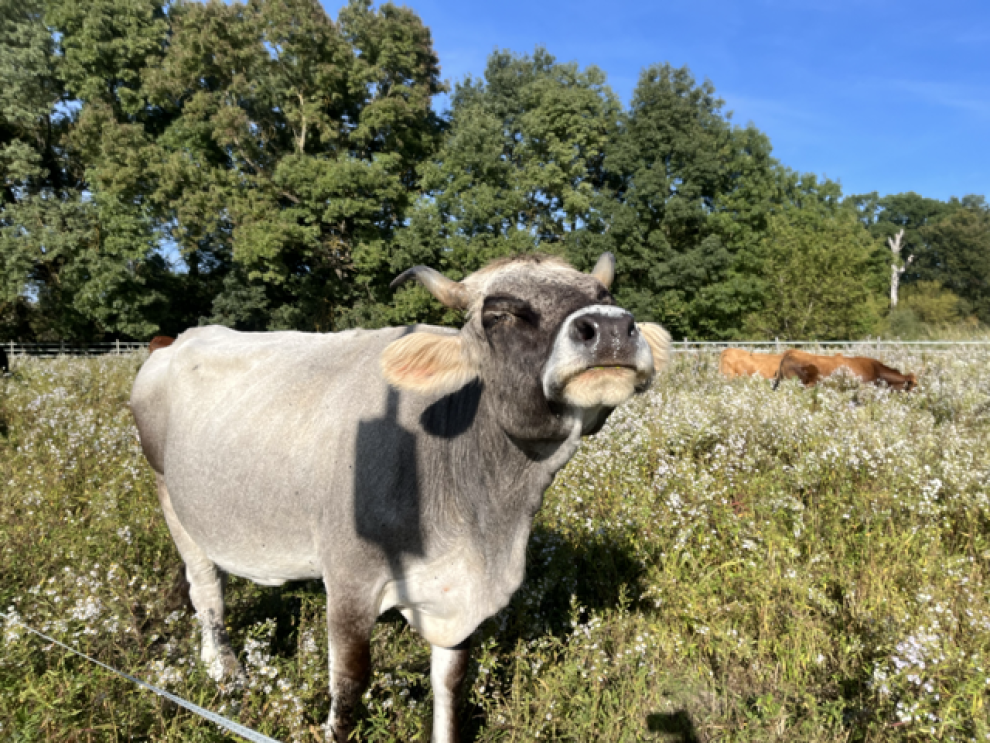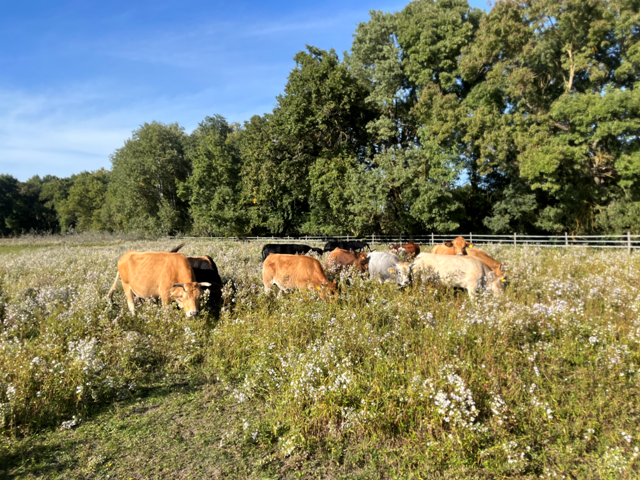The team in Austria has assembled the equipment to measure the GHG fluxes of the Morava River wetland. Read more.


The Morava River is the largest left-bank feeder in the upper reaches of the Danube and at the same time lowland river of Pannonian character in Austria. Very typical for this type of river, it once flowed slowly meanders, sometimes wider, sometimes narrower, through a landscape of narrower through a landscape of extensive floodplain forests and riparian forests and meadows.
In the course of the regulation of the Morava in the 20th century all meanders and tributaries were cut off. A large part of the banks was with heavy armour stones and a uniform width and a uniform width was created, i.e., the March was canalized. The course of the river was straightened and thus greatly shortened. Since then, the river has been digging deeper and deeper into its bed. The river and the surrounding more and more and large parts of the floodplain have been drained. A large part of the of the floodplain meadows disappeared - and with them and with them large areas of habitat for many rare animals and plants.
Within the framework of the EU-funded project "Renaturierung Untere March-Auen" ambitious renaturation measures and species protection projects were implemented from October 2011 to October 2019 by the project partners via donau - Österreichische Wasserstraßen-Gesellschaft mbH, WWF Austria, Niederösterreichischer Landesfischereiverband. The aim of the project was the extensive restoration of near-natural river dynamics in the Lower March Floodplains, the extensification of management, as well as targeted measures to safeguard the population of endangered species. For the first time, the Life Project succeeded in sustainably dynamizing and enhancing this habitat.


The implementation work of the river restoration measures took place from 2011 until 2019 which means that the actions in REWET project focus on monitoring activities
In this area, an Eddy Covariance tower has been installed. The station installed at the Morava River wetland had to be built on a floating platform, because of the flooding potential of the wetland. will measure continuous fluxes of CO2, CH4 (starting end of 2023), and H2O. In addition, other meteorological parameters will be measured, such as wind speed and direction, incoming and outgoing solar radiation, air temperature, air humidity, soil moisture, soil heat flux, soil temperature, precipitation, and photosynthetically active radiation.

The station should provide information about the carbon balance of the restored ecosystems and also what additional parameters (e.g. grazing by cattle, horses) will affect the fluxes.
The team coordinating the Morava River REWET Open Lab is composed by Hans Peter Rauch, Associate Professor at the University of Natural Resources and Life Sciences Vienna, PostDoc assistant Magdalena von der Thannen, Ph.D. student Anna Lindenberger, and technicians Hans Rutzenholzer and Sven Peschke.
The text and the pictures of this article have been provided by the team of the University of Natural Resources and Life Sciences Vienna.